The White Lady or Woman in White is a type of female ghost reportedly seen in rural areas and associated with some local legend of tragedy. Common to many of the tales about them is the theme of losing or being betrayed by a husband, boyfriend or fiancé. They are often associated with an individual family line or said to be a harbinger of death similar to a banshee.
In popular medieval legend, a White Lady is fabled to appear by day as well as by night in a house in which a family member is soon to die. According to The Nuttall Encyclopaedia, these spirits were regarded as the ghosts of deceased ancestresses.
And now, we have some legends about White Ladies from the United Kingdom, for your delight:
- Castle Huntly, Scotland, is said to be haunted by a young woman dressed in flowing white robes. There are various stories concerning her history, one of which is that she was a daughter of the Lyon family who occupied the castle in the 17th century. When her affair with a manservant was discovered she was banished to a tower on the battlements. Unable to endure her suffering, she threw herself to her death from the tower. The ghost of the White Lady has been seen a number of times over the years, often on the grounds surrounding the castle. She has also been seen in the room in which she was imprisoned.
- In Darwen's old cemetery there is a gravestone of a supposed white lady, whose eyes open when they are touched. There have been reported sightings of her ghost walking around the area at night, seeking her child. The white lady of Darwen is said to have died during childbirth, or to have been raped and murdered by a group of men who stole her child. She is said to manifest in response to the spoken phrase "White lady, white lady, I stole your black baby", before attacking the speaker and causing them to faint. Local folklore says that the white lady of Darwen killed a group of teenagers who were on a camping trip in the White Hall Park in the late 1980s, within two hours of them visiting her grave.
- The White Lady of Willow Park is native to a small, heavily wooded park of Newton-le-Willows, Merseyside, in northwest England. She is thought to be the tormented spirit of a bride who was drowned in the lake by her husband on their wedding night. Variations on her method of death include being bricked up in a cave and hanging herself in the kitchen.
- The White Lady (also known as the 'Running Lady') of Beeford, East Yorkshire resides on the "Beeford Straight", a stretch of road between Beeford and Brandesburton. Motorists have reported her apparition running across the Beeford Straight toward the junction of North Frodingham. Anecdotal tales also report a motorcyclist picking up a female hitchhiker on the same stretch of road. A few miles later the motorcyclist, upon turning around, noticed the passenger had vanished. In one instance, a car crashed into a tree killing 6 people . It is rumored to be her curse.
- Muncaster Castle in the county of Cumbria is reputed to be one of England's most haunted houses. The vengeful ghost in white of Mary Bragg, a foul-mouthed local girl who was murdered by being hanged from the Main Gate by drunken youths in the 19th century after they had kidnapped her for a joke, is also referred to as the white lady. The white lady has been sighted in Chadkirk, Manchester going across the canal on a banana boat.
- Roughwood Nature Reserve in the Black Country also has had a high number of paranormal incidents, including sightings of a woman in a white dress, drenched in ichor from the lake where it is rumored her body was abandoned. Local myths suggest this is the spirit of Pauline Kelly, who with her daughter Evelyn disappeared in the mid-19th century. The local community has a Halloween tradition involving wearing white dresses and speaking the mocking rhyme: "White Lady, White Lady, I'm the one who killed your baby." This rhyme came into being after stories involving the kidnapping of the child after the death of Mrs. Kelly, which keeps her rooted to this world.
- There have also been reported sightings of a White Lady in Sidcup at the Foots Cray Meadows. It is seen every night and is slow walking its very bright white colour. The story is that her husband died in the war and every night she walks the meadows scattering flowers for her lost loved one. In the local church there is a diary of hers with the final words being, "I will see you soon." It is rumored that she committed suicide in the meadow after having written this.
- Last but not leasr, the Old Mill Hotel, Motherwell, is said to be haunted by a ghost called the white lady from long ago. A lady was engaged to a man and was due to be married in the old mill hotel. On their wedding day, the lady's fiance never arrived to the wedding, as he was beaten up by another man who also wanted the lady. The lady was upset and angry, so she ran to the Nine arches where the trains run past. She sat on the edge crying and forlorn. A train rushed passed her and she jumped in fright, falling to the ground dead. For the rest of her fiance's life, the white lady (the lady who died in her white wedding dress) haunted him for apparently not loving her. Her grave is near the old mill hotel and she is said to be seen sitting under a beautiful tree.
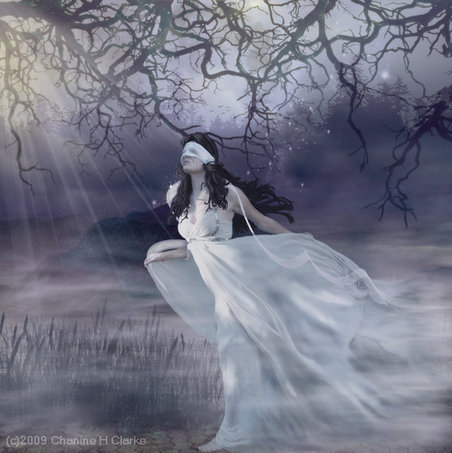


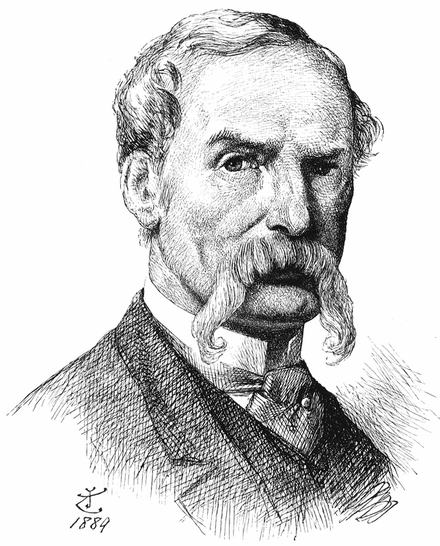
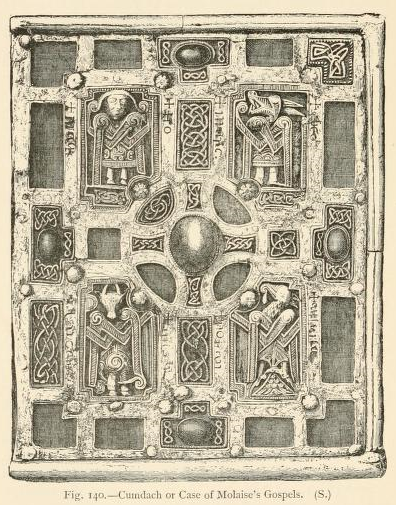

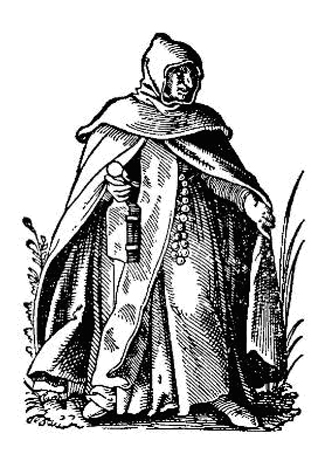
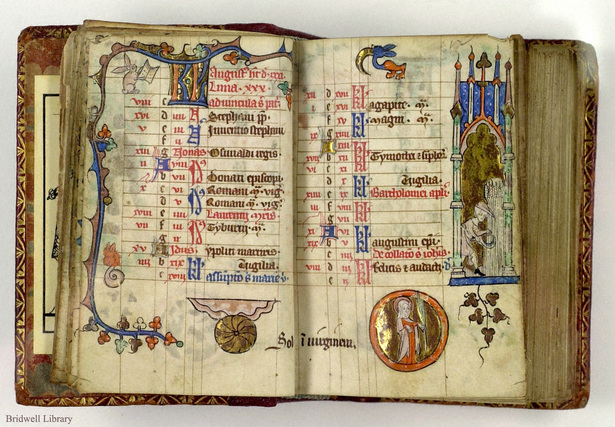
 RSS Feed
RSS Feed